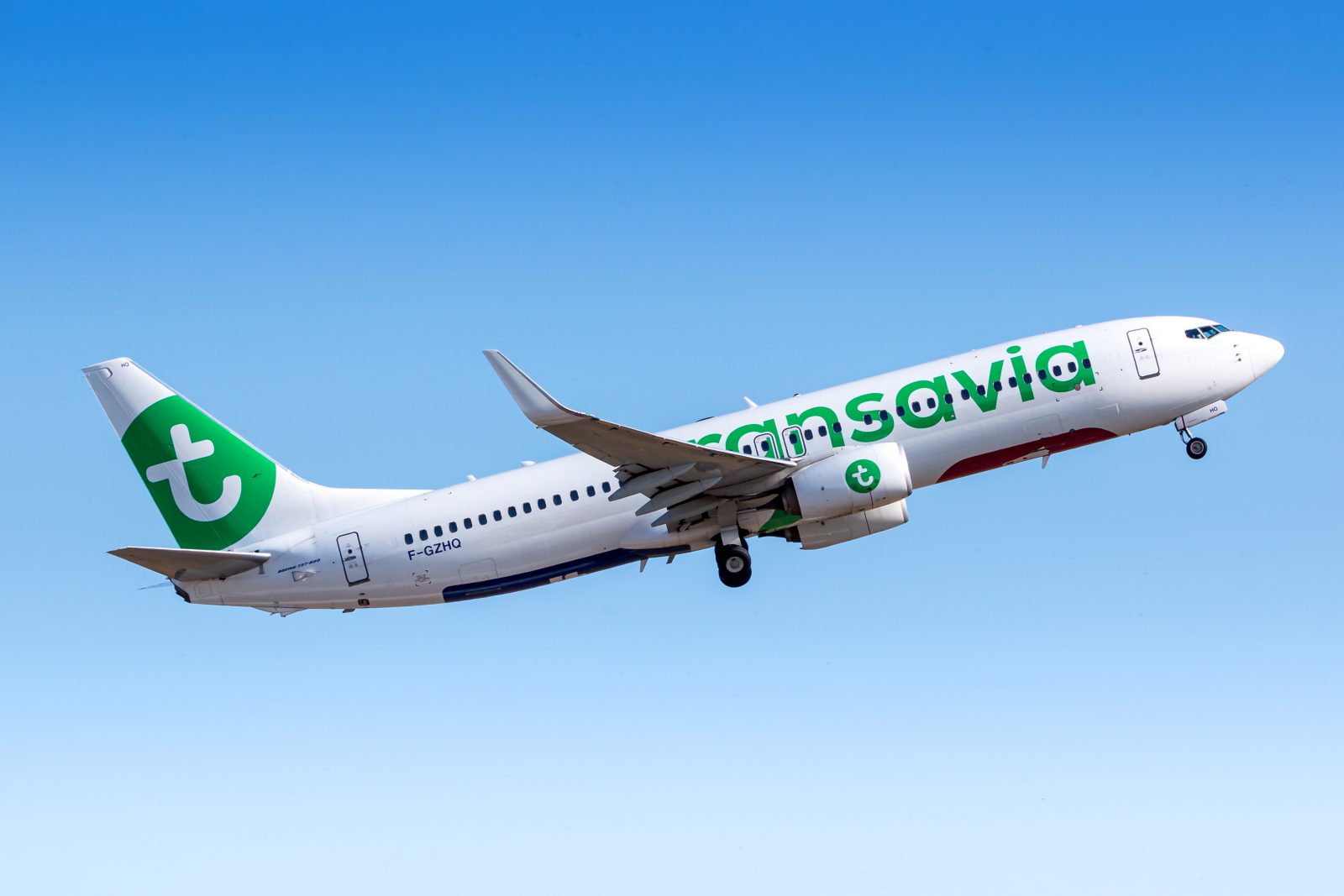
Commercial airliners end up diverting to alternative airports far more often than many passengers would probably believe. Often, it’s down to maintenance issues, severe weather, or a medical emergency, whereas other times, the cause of the diversion is more of a head-scratcher.
In an industry that takes safety as seriously as aviation, it’s hard to criticize airlines for taking a ‘better safe than sorry’ approach to diversions, although I haven’t held back from questioning the Indian government’s insistence on diverting planes due to anonymous bomb threats no matter how ridiculous the claim.
I’ve also got to question why the pilots of a recent flight from Paris to Lisbon ended up making an emergency diversion to the nearby city of Porto because an iPad was found onboard.
The incident occurred on April 10 aboard Transavia flight TO7647, which is a low-cost subsidiary of the Air France-KLM Group.
The Boeing 737 departed Paris Orly a little behind schedule at around 3:50 pm on Thursday and headed southwest towards the Portuguese capital. After crossing into Portuguese airspace, however, the plane veered off course and started heading towards Porto.
As it neared the city, the pilots declared a Mayday, and the plane made an emergency landing.
According to information obtained by trusted industry source, the Aviation Herald, the diversion was prompted by the discovery of an electronic device that was later identified as an iPad.
Despite the best efforts of the crew, the owner of the iPad couldn’t be identified, so the pilots diverted the aircraft.
The Aviation Herald didn’t state what the reason for the diversion was, but presumably, it was due to one of two reasons: Either they suspected a potential security threat owing to the presence of an ownerless iPad, or the device had been damaged and could have posed a fire risk.
But was this an overreaction to what is, actually, a fairly common occurrence?
Here’s the thing: Passengers leave phones, tablets, and laptops in seatback pockets and other nooks and crannies aboard planes all the time. Most of the time, they are found by the cleaners or crew, but there are quite a few that rack up the airmiles as they fly around the world before finally being discovered.
In the past, passengers have been able to track the globetrotting movements of their misplaced device via Apple’s ‘Find My’ service, yet have been rebuffed by airlines who have shown little interest in the apparent security threat.
As an industry, airlines must have faith that the multi-layered security regime at airports is effective.
When a plane is flying around Europe between airports that all follow the same security regulations, an airline can have confidence that anything onboard that plane has been security screened and won’t pose a security threat.
The only case where that might not be the case is when the plane has been towed to a maintenance hangar with less stringent security rules. In these cases, the plane is subject to a thorough security search, but this wasn’t the case for Transavia Flightt 7647.
Earlier the same day, it had flown from Paris to Montpellier and back, which is probably when the iPad was left onboard.
And if the iPad was really such a security threat, why was the plane allowed to depart Porto so soon after it made its emergency diversion? It stands to reason that if the crew were so concerned about the rogue iPad, then a full security sweep of the rest of the plane would be in order.
In that case, the reason for the diversion might have been because the iPad had been found in a damaged state. Perhaps bent from being stuck in a seat, which could then pose a serious fire hazard.
Even then, without evidence of any smoke or fire, a reasonable alternative course of action would simply be to submerge the device in water and monitor it for the rest of the flight.
Of course, there might be more to this diversion than is currently being reported, but from the face of it, I can’t see a reason why an emergency diversion was necessary in this case.
Interestingly, however, the diversion of an Air France flight last month because a passenger lost their mobile phone made a lot more sense. In that case, the passenger misplaced their phone soon after takeoff, and after searching high and low, the crew couldn’t locate the errant device.
The crew feared that the phone could be stuck in a seat mechanism and could have been damaged, posing a smoke or fire risk, although fighting any fire would be difficult because the phone couldn’t be located and isolated.
As the plane was going to fly across the transatlantic without many diversion points, it was decided that it would be safer to return to Paris, where engineers could take the seat apart and retrieve the phone.
Mateusz Maszczynski honed his skills as an international flight attendant at the most prominent airline in the Middle East and has been flying ever since... most recently for a well known European airline. Matt is passionate about the aviation industry and has become an expert in passenger experience and human-centric stories. Always keeping an ear close to the ground, Matt's industry insights, analysis and news coverage is frequently relied upon by some of the biggest names in journalism.







